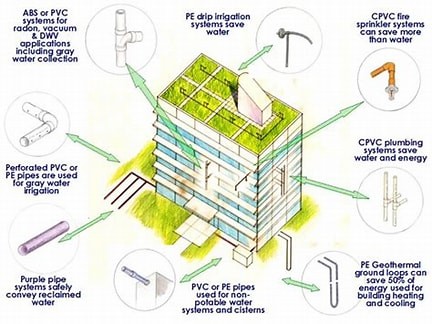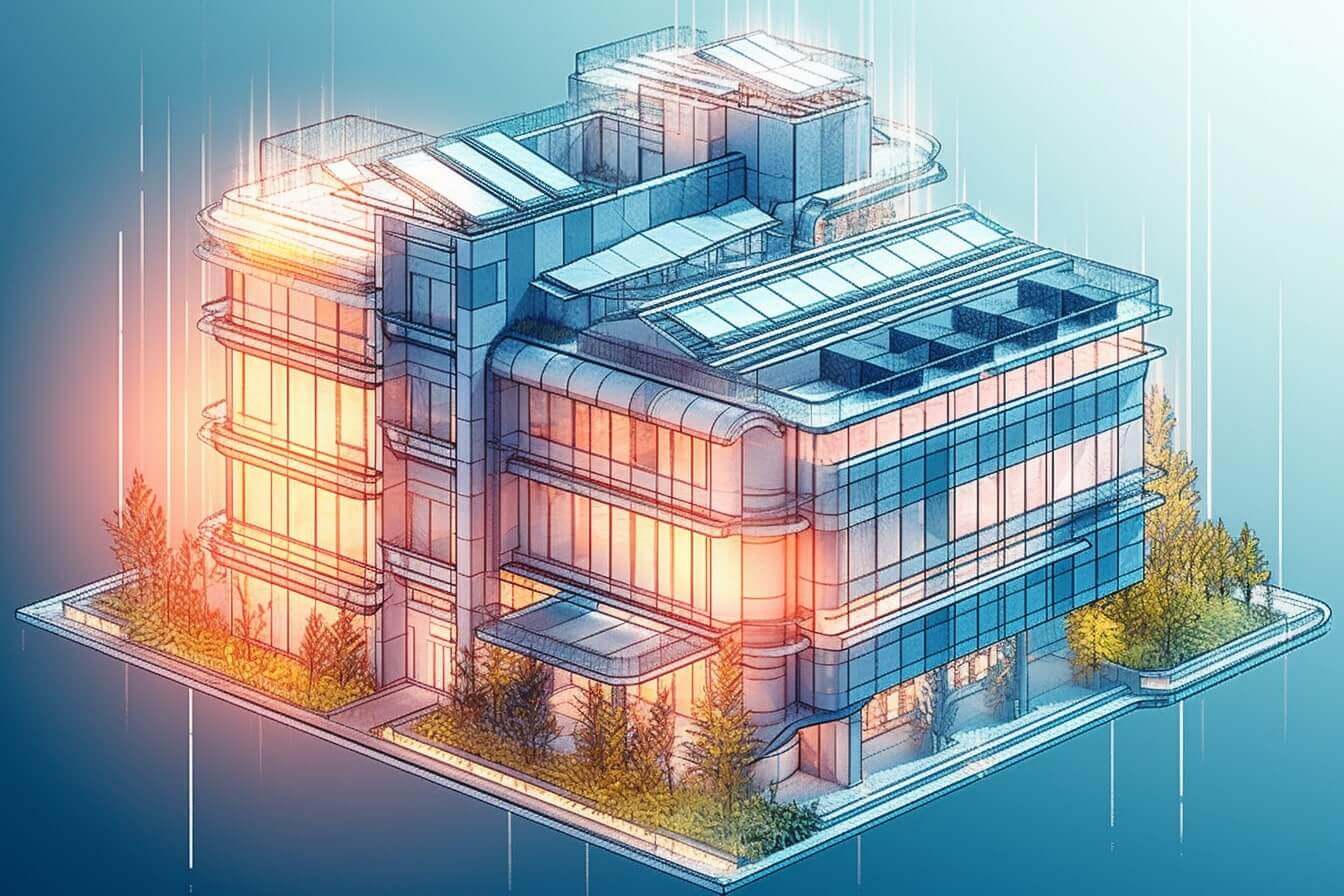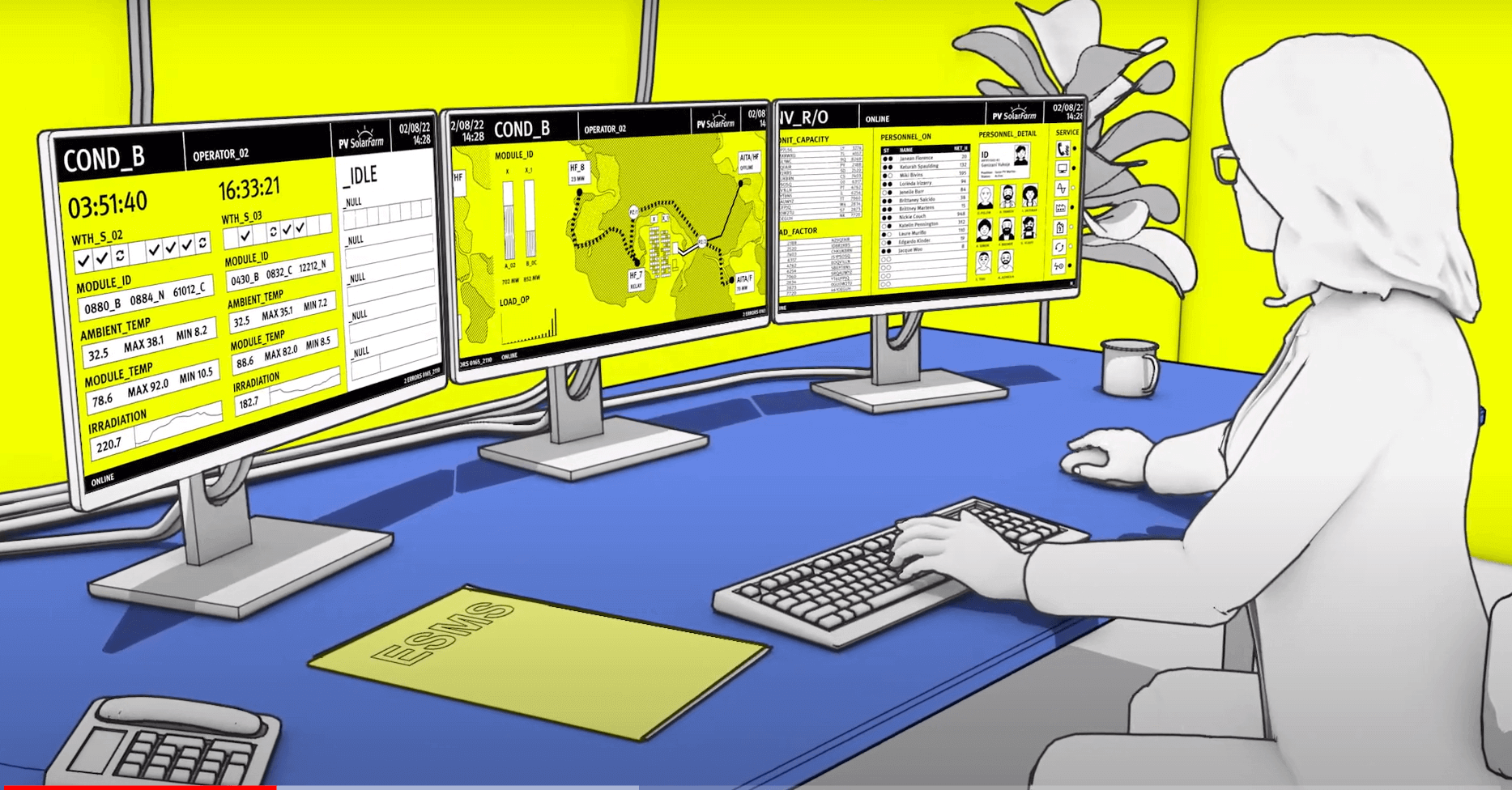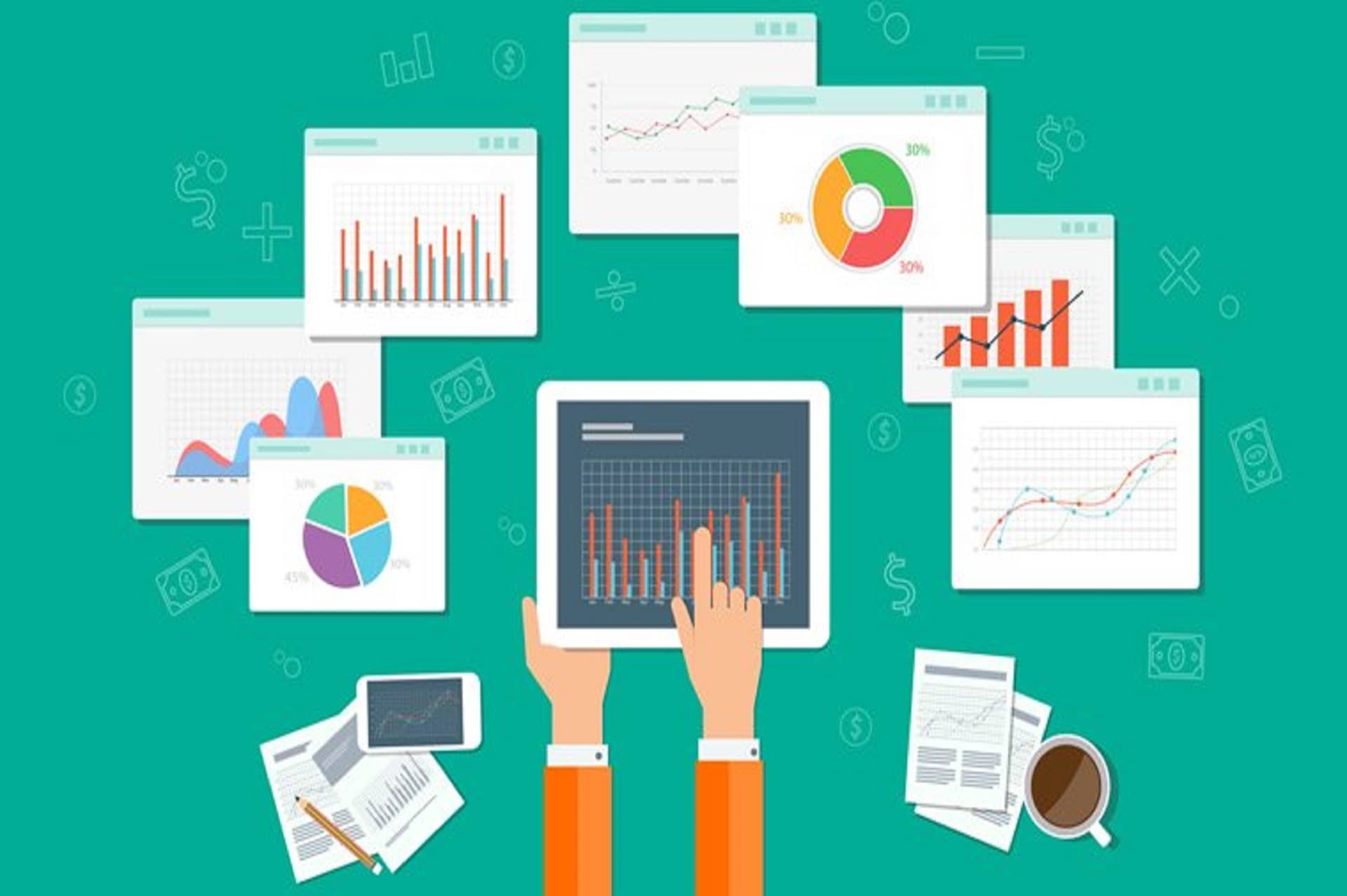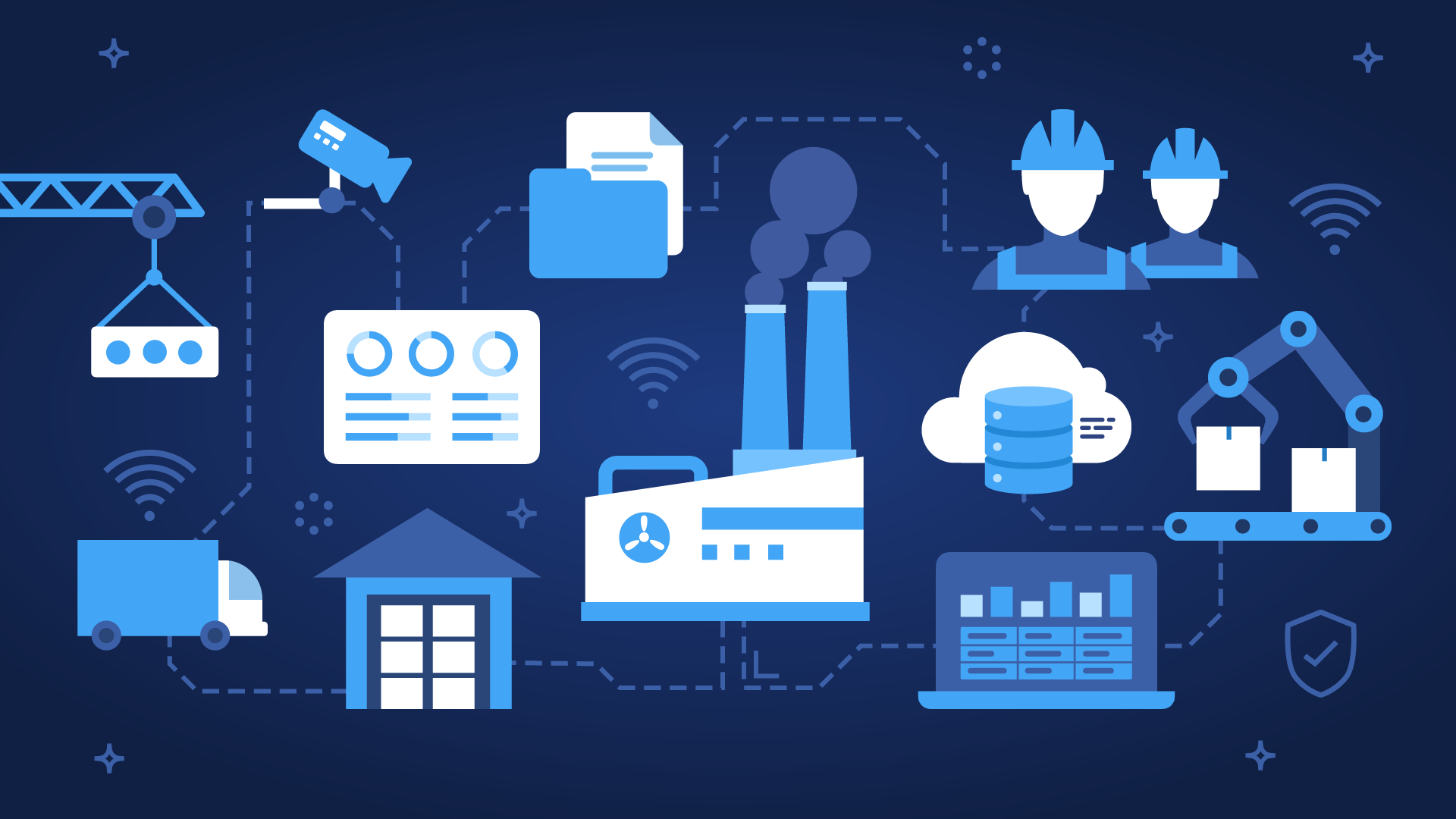
IoT for Commercial and Industrial Usage
What is Industrial IoT (IIoT)?
The Industrial IoT consists of internet-connected machinery and advanced analytics platforms that process the data produced. IIoT devices range from tiny environmental sensors to complex industrial robots. While the word “industrial” can refer to warehouses, shipyards, and factories, IIoT technologies hold great promise for a wide range of industrial sectors, including agriculture, healthcare, financial services, retail, and advertising.
What is the difference between IoT and IIoT?
Industrial IoT is a subcategory of the Internet of Things, which also includes consumer-oriented applications such as wearable devices, smart home technology, and self-driving cars. The distinguishing feature of both concepts is the infrastructure, sensors embedded in machines and devices that transmit data over the Internet and are managed by software.
Intelligent solutions at the edge
Why use industrial IoT?
For any business engaged in the production and transportation of physical goods, the IIoT can create efficient processes that innovate operational tasks and can introduce novel business models. Here are some examples of the ways IIoT technology could be applied across a variety of industries.
Manufacturing – This is the industry where most IIoT technology is being implemented. IIoT-enabled machines can self-monitor and predict potential problems, which means less downtime and increased overall efficiency.
Supply chain: With sensor-managed inventory, IIoT technology could take over ordering supplies just before they run out. This would reduce the amount of waste produced by keeping necessary products in stock and free up employees to focus on other tasks.
Building management: IIoT technology could make building management simpler and safer. With sensor-driven climate control, the guesswork and frustration involved in manually changing a building’s HVAC will be eliminated. Additionally, devices that monitor entry points into the building and respond quickly to potential threats will improve building security.
Healthcare: With devices monitoring each patient remotely and notifying healthcare providers as soon as a patient’s condition changes, the IIoT could make healthcare more accurate and responsive. Over time, AI may even take over patient diagnosis, meaning doctors will be able to care for patients more quickly and effectively.
Retail: For individual stores, IIoT technology has the potential to make quick and smart marketing decisions. With window displays that automatically update based on consumer interest, and the ability to put together smart promotions, outlets that implement IIoT technology will gain a significant advantage over their competitors.
Agritech – precision agriculture which involves smart monitoring and control devices for state of health interventions for soil health, beehive health, water source health and plant photosynthesis health
Related Topics
Edge computing, Intelligence at the edge, Internet of Things (IoT)
IIoT Technologies and Concepts
How are businesses leveraging IIoT right now? Here are some examples of current and future IIoT technologies and concepts:
Digital twins: The practice of creating a computer model of an object, such as a machine, a human organ, or a process like the weather. By studying the behavior of the twin, it is possible to understand and predict the behavior of the real-world counterpart and address problems before they occur.
Electronic Logging Device (ELD) – Onboard sensors that monitor speed, driving time, and how often the driver uses the brakes help save fuel, improve driver safety, and reduce idle resources. If the driver makes a dangerous maneuver or is behind the wheel for too long, they will receive an alert, and the dispatcher is also notified. This technology can replace the paper logs that drivers used to have to fill out every day.
Intelligence at the edge – the place where data is generated, analyzed, interpreted and acted upon. Using intelligence at the edge means that analysis can be carried out more quickly and significantly reduces the likelihood of data being intercepted or breached in some way.
Predictive maintenance – A system that involves a machine or component with sensors that collect and transmit data, then analyze and store the data in a database. This database provides points of comparison for events as they occur. The system eliminates unnecessary maintenance and increases the likelihood of avoiding failures.
Radio Frequency Identification (RFID) – A system that includes tags and readers, such as a smarter version of barcode technology. Readers identify RFID tags using radio waves, which means the tags can be read by multiple readers at once and at a greater distance than traditional UPC codes. RFID tags make it possible to easily track and monitor the objects they are attached to.
